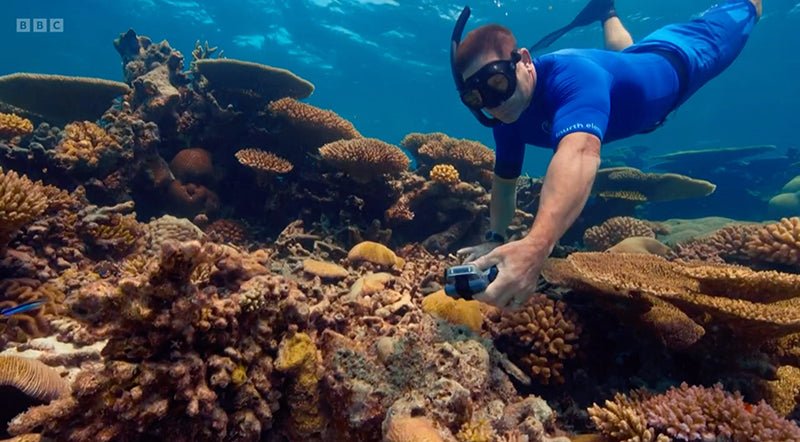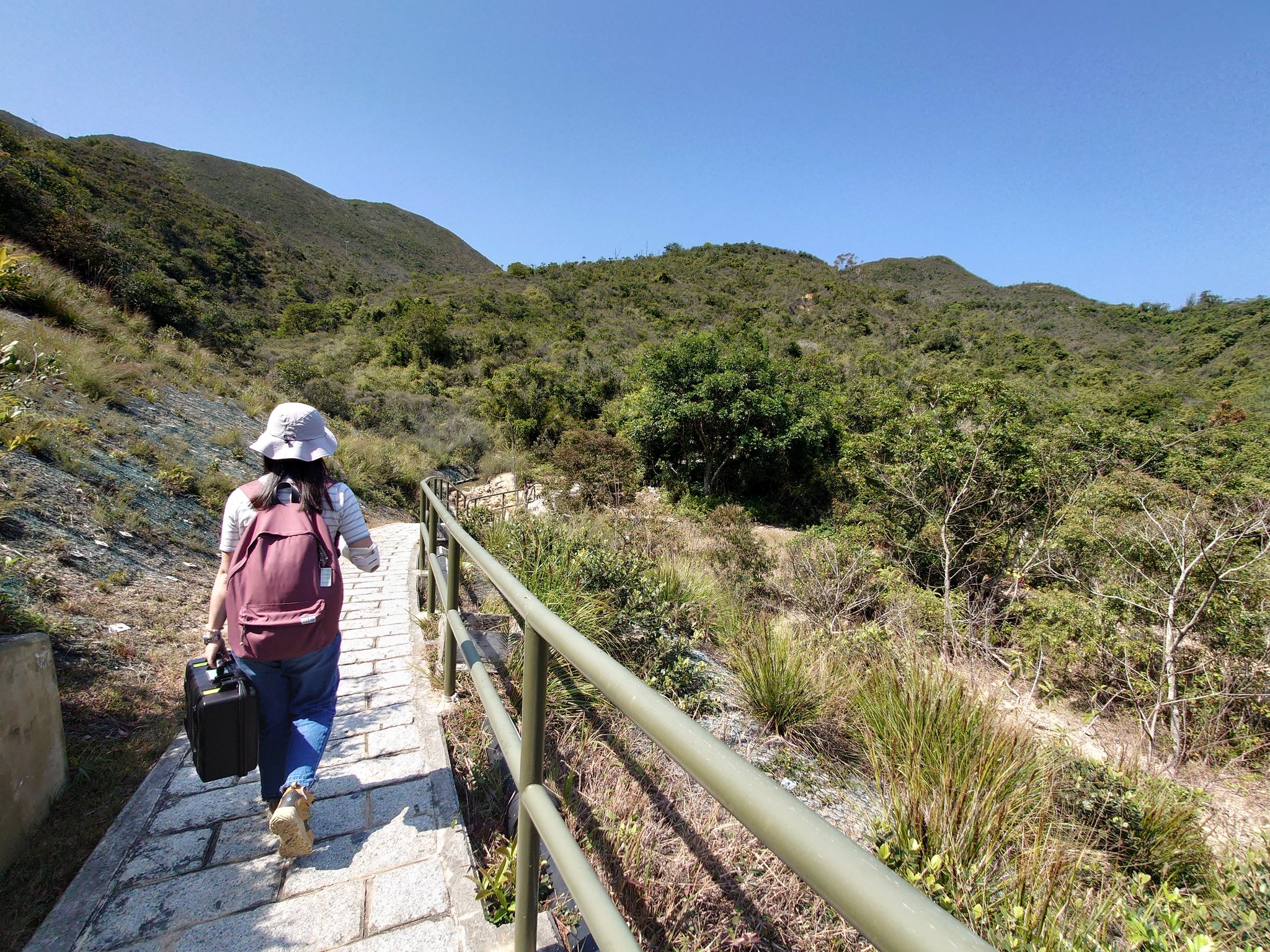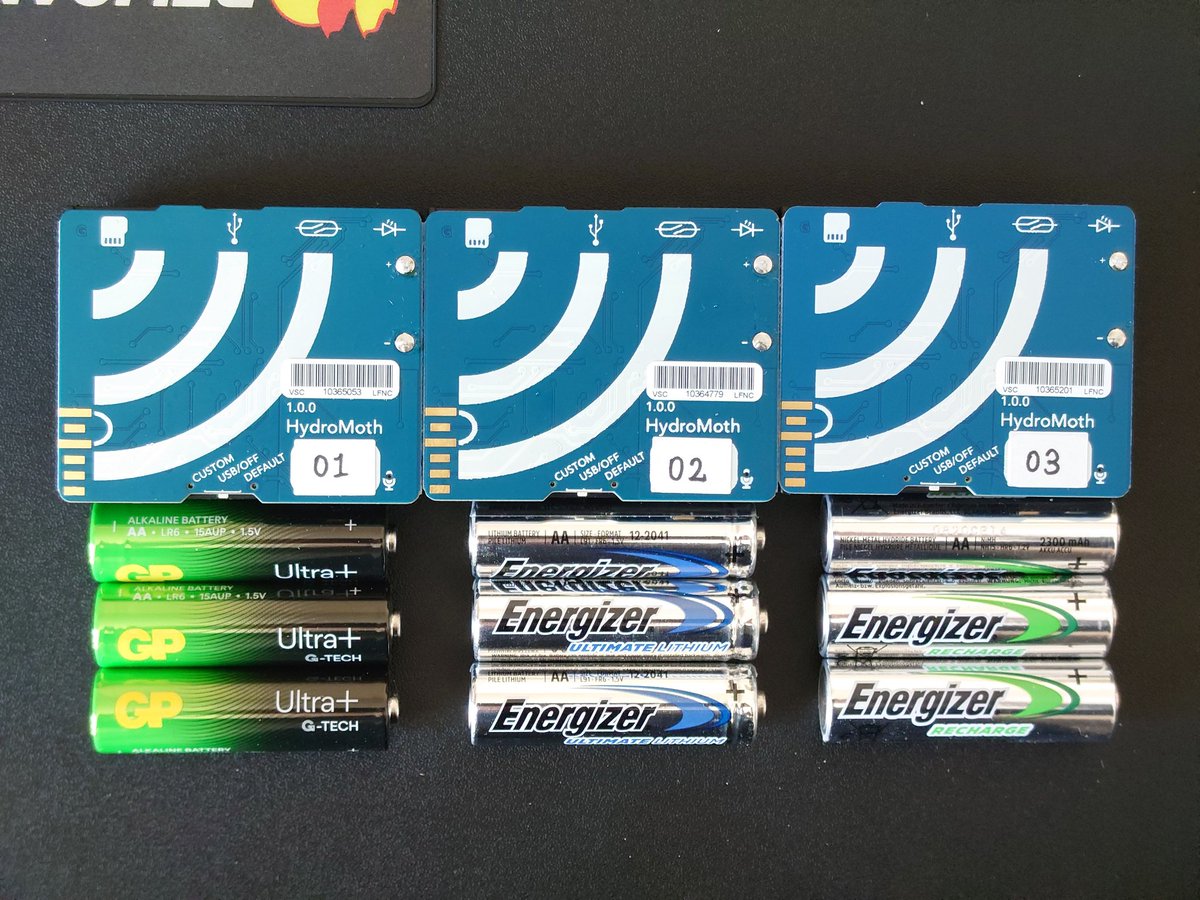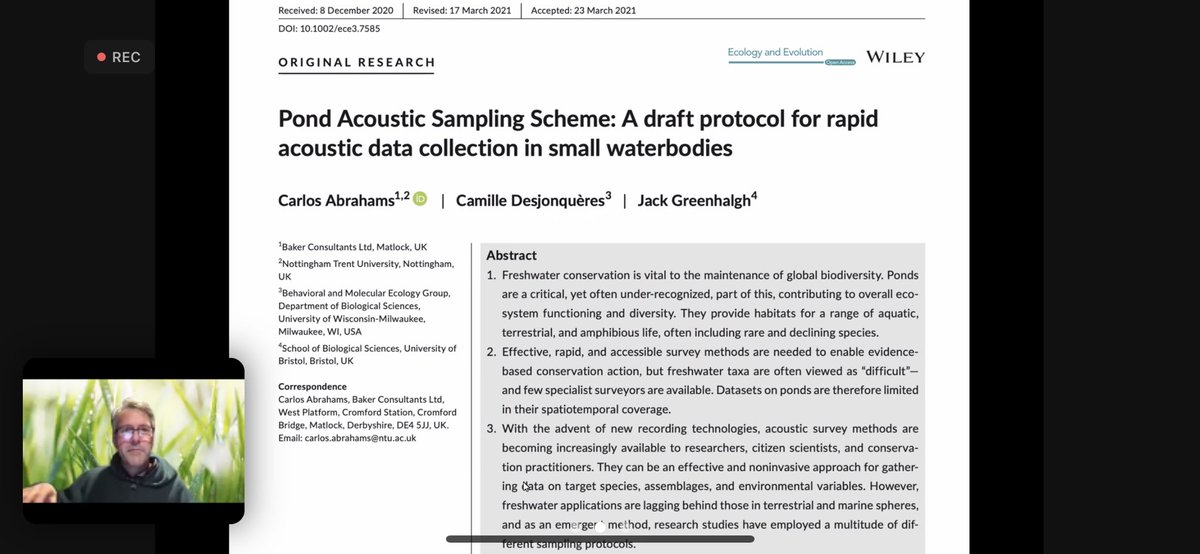
Conservation Tech for Any Environment: The Many Uses of HydroMoth
The thick smell of petrichor fills your nostrils. Twigs snap, and wet gravel grinds together under the heavy soles of your hiking boots. You almost trip over a damp rock jutting out of the ground – you really should be watching where you’re going. Instead, you’re scanning the tree line to your right, searching. Then you spot it – the perfect place to deploy the HydroMoth.
You call for your teammate up ahead and step off the trail, wandering into the trees. Normally you wouldn’t place it this far in, but with the LEDs visible through the transparent case, you’re confident that you’ll be able to find it again when it’s time to change the batteries.
Fumbling with the case, you remove the Velcro strap on the back and slide the thin ends of two wide black zip-ties under the strap handles. With your teammate’s help you attach the HydroMoth and its waterproof case to the still-wet branch of a tree, tugging to make sure it’s secured.
With your magnetic key, you switch the device to the CUSTOM setting and check your app to make sure it’s active.
“Come on,” your teammate says, wiping his hands on his pants. “We’ve got six more to deploy today.”
You stuff the zip ties back in your bag and sling it over your shoulder. You spare one last glance at the HydroMoth.
“See you in a month, little guy.”
Listen & watch the retrieval of an AudioMoth: Media by Alas23
The Many Features of the HydroMoth
You’ve probably heard of the AudioMoth, created by Open Acoustics, but were you aware they made a second device, called the HydroMoth? Sometimes the HydroMoth experiences Second Child Syndrome, so we are here to give it some love and attention.
The Open Acoustics team, which started as a research project group at the University of Southampton, created a low-cost, full-spectrum acoustic logger that, per their website: “can listen at audible frequencies, well into ultrasonic frequencies. It is capable of recording uncompressed audio to microSD card at rates from 8,000 to 384,000 samples per second and can be converted into a full-spectrum USB microphone." This means that you can do what many researchers, conservationists, animal lovers, and hobbyists have done; listen to wildlife, track logging in forested regions, track wildlife populations, identify species within populations, automating the search for an elusive insect species, monitoring poaching by gunshot, listening for ultrasonic bat calls, and more. The possibilities are endless.
First of all, it is absolutely packed with features:
- Wireless microcontroller – Silicon Labs EFM32 Wonder Gecko Cortex-M4F MCU @ 48MHz with 256kB flash, and 32kB RAM
- MicroSD card slot to store audio data
- For audio capture:
- Onboard analog of MEMS microphone
- Analog preamplifier with adjustable gain
- Uncompressed WAV from 8k to 384k samples per second
- Micro USB Type-B port for configuration and reprogramming of the flash
- Powered by three AA batteries (not included)
- Onboard RTC to track time in UTC time zone
- Improved 32,768kHz MEMS oscillator to reduce clock drift on long deployments

The HydroMoth lying on a rock besides its custom frosted transparent case.
Don’t be fooled by the name, attractive blue body color, and custom “underwater” case, this recorder can exist outside of the water. In fact, it’s perfect for strapping to a branch in a rain-drenched forest, or mooring to a post above the marshes, or even securing to a tree in a jungle to monitor birds. The possibilities for HydroMoth deployment are endless. Not only can you use it in all the places you would attach an AudioMoth, but with the HydroMoth you can do it for longer periods of time.
Photo by Ann To
"After an intensive week running around Hong Kong, all 20 sets of HydroMoth (in waterproof case) and Arduino-based light logger have been deployed! This cannot be done without my fds, family and all who helped (yes, including you Twitter fds)! Fd took the 2 silly pics of me lol" - Ann "Sparrow" To (MSc student of Hong Kong University of Science and Technology)
The Modes of the HydroMoth
Another feature you should take advantage of is the inbuilt magnetic reed switch, which is used by the standard firmware to support delayed start. When enabled, switching the device to CUSTOM will activate the delayed start mode. In this state, the HydroMoth uses very little power and will wait until activated by a magnetic key held near the magnetic switch icon on the front face.
Once activated to CUSTOM mode the HydroMoth will start to make recordings per the configured schedule. The magnetic switch can also be used to stop recordings and to return to delayed start mode at any time. The HydroMoth will indicate that it is stopping a recording by rapidly flashing the red LED ten times, and will report this in the WAV file header comments if a recording has been cut short.
The HydroMoth can be used to record both continuous audio as well as triggered recordings based on on amplitude threshold or frequency response.

AudioMoth Configuration App showing 'Advanced' tab with options to 'Enable magnetic swtich for delayed start' and "Enable low-gain range' options.
At its lowest sampling rates, HydroMoth can record continuously for over three weeks on a standard set of AA batteries. One of the device’s supporters did some helpful work for the good of all users. Her post below shows her experiment with different batteries – with one brand exceeding thirty-eight days!
Photo by Ann To
The HydroMoth/AudioMoth battery test results came back! Deployed them 38 days ago. Sampling rate 32kHz, 7 hrs (3+4) of recording each day, LED enable, energy save mode enable 01 - last for 35 days 02 - still very much alive after 38 days 03 - last for 29 days
- Ann "Sparrow" To (Tweet dated 2/13/2022)
The HydroMoth as a BBC Star
The HydroMoth was featured on the BBC’s show Our Changing Planet on the 12th of April 2023.
The researchers used four HydroMoths to monitor the sounds of the coral reef. After listening to the orchestra of life around the coral reef, the researchers further their experiment by using HydroMoths and a 360° underwater camera to identify the sounds of individual fish species.
They detail their plans to use the recordings provided by the HydroMoth pumped through an underwater speaker to convince coral larvae to propagate on degraded coral reefs, as it seems they are drawn to the sounds of vibrant, thriving reefs. Hopefully within three years after deployment of their plan, once dead coral reefs will be teeming with life once again.
How some scientists have utilized HydroMoth
We can’t let the BBC take all the spotlight, though we appreciate them giving the HydroMoth some screen time. Other scientists have utilized this conservation technology in creative and inspiring ways.
This team of scientists, Baker Consultants, used the HydroMoth to sample freshwater pond ecosystems, which gave great results from terrestrial and amphibious life, including some rare and unfortunately declining species. They pit the HydroMoth against the SoundTrap 300 STD and SoundTrap 300 HF which have retailed for $3000 and $4100, respectively. Compare that to HydroMoth’s staggeringly good price of $135, and that’s with the waterproof case.
Screen capture from AudioMoth Conference (hosted by Bat Acoustics) of Carlos Abrahams presenting his report)




